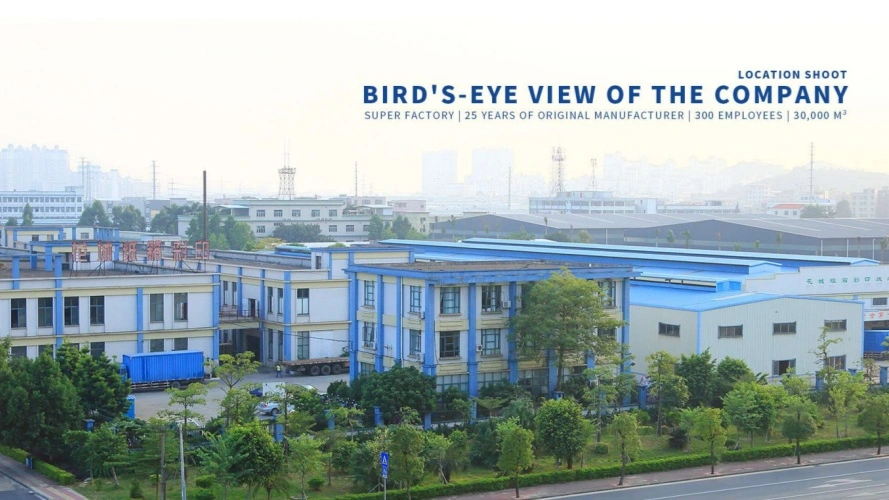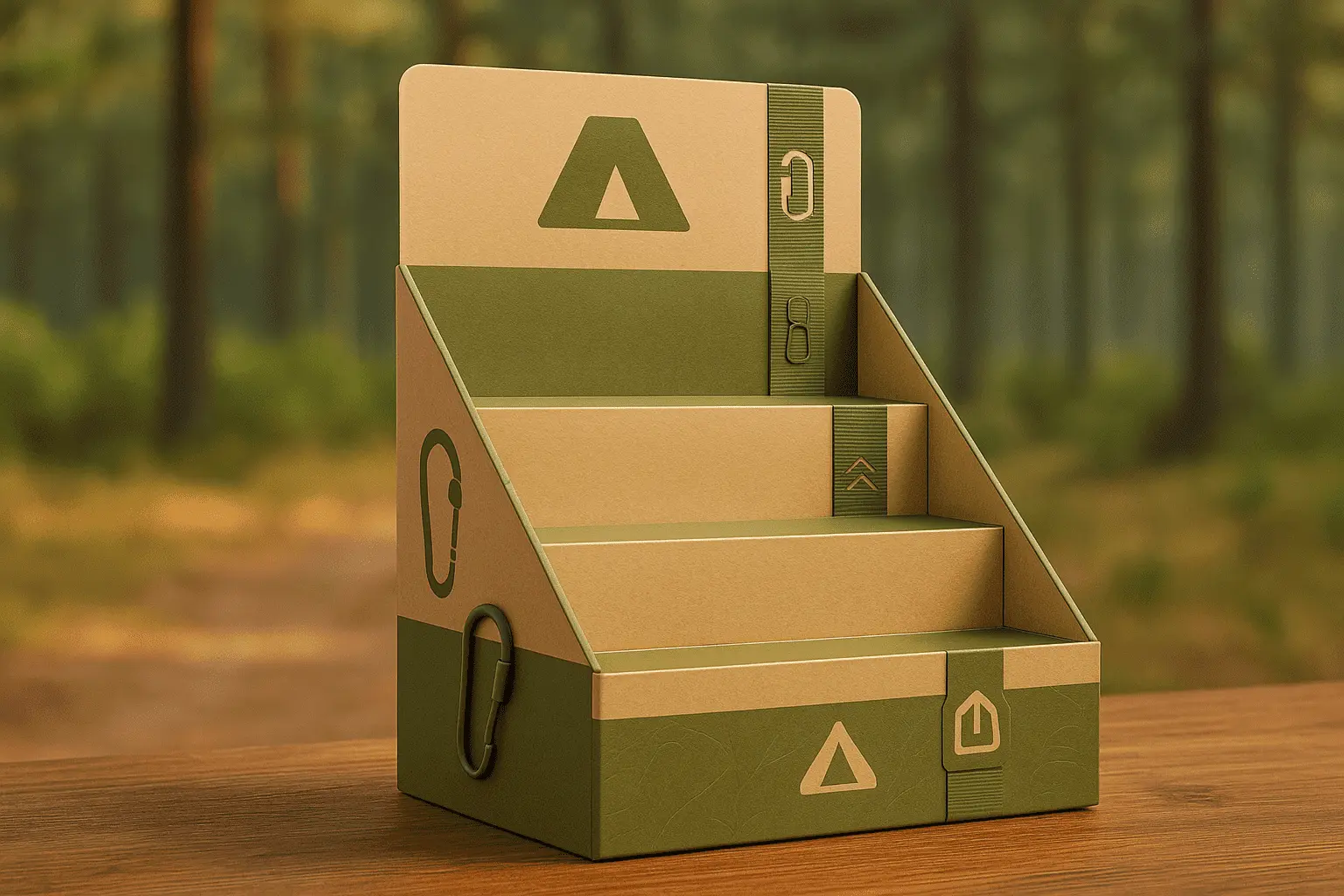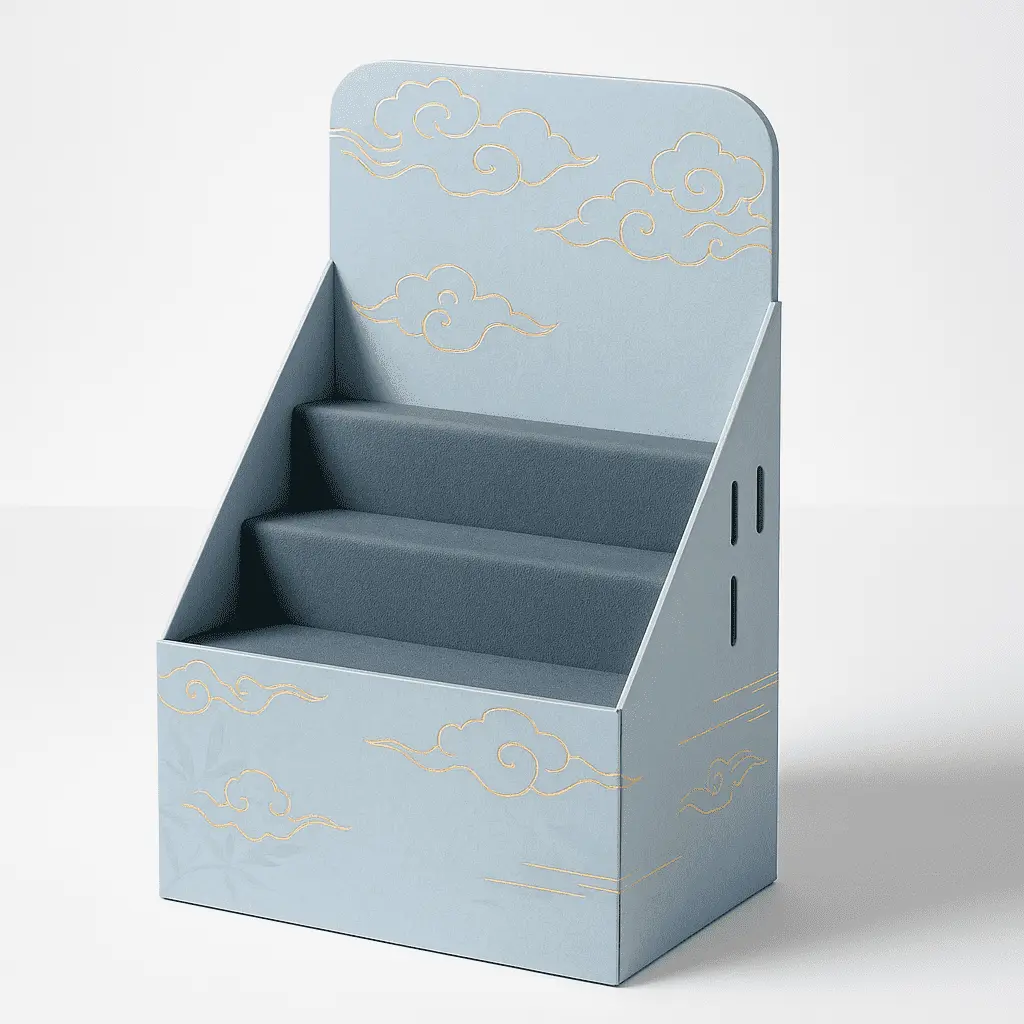Understanding the Importance of Retail Display Materials in FMCG Marketing
The Role of Visual Merchandising in FMCG Sales
Visual merchandising plays a pivotal role in the FMCG industry, where products often compete for consumer attention in crowded retail spaces. Effective retail display solutions can significantly impact purchasing decisions by creating an attractive and engaging presentation of products. Well-designed displays not only catch the eye but also communicate brand values and product benefits, ultimately influencing consumer behavior and driving sales.
Impact of Display Materials on Brand Perception
The choice of display material can profoundly affect how consumers perceive a brand. High-quality, innovative retail display solutions can elevate a brand's image, positioning it as premium or cutting-edge. Conversely, poorly chosen materials may detract from the product's perceived value. FMCG brands must carefully consider how their display materials align with their overall brand identity and target market expectations.
Sustainability Considerations in Retail Displays
With increasing consumer awareness about environmental issues, sustainability has become a critical factor in retail display design. Eco-friendly materials and reusable display solutions not only appeal to environmentally conscious consumers but also demonstrate a brand's commitment to sustainability. FMCG companies are increasingly opting for recyclable or biodegradable materials in their retail displays, balancing environmental responsibility with marketing effectiveness.
Evaluating Different Retail Display Materials for FMCG Products
Cardboard: Versatility and Cost-Effectiveness
Cardboard remains a popular choice for FMCG retail displays due to its versatility and affordability. It can be easily customized to create eye-catching designs and is lightweight, making it ideal for temporary or seasonal promotions. Corrugated cardboard offers enhanced durability and can support heavier products. While not as long-lasting as some alternatives, cardboard's recyclability makes it an environmentally friendly option for brands prioritizing sustainability in their retail display solutions.
Acrylic: Transparency and Modern Aesthetics
Acrylic displays offer a sleek, modern appearance that can enhance the visibility of FMCG products. The material's transparency allows for 360-degree product viewing, making it particularly effective for showcasing packaging designs or product features. Acrylic is durable, resistant to scratches, and easy to clean, making it suitable for long-term use in high-traffic retail environments. Its versatility in shaping and coloring allows for creative and innovative display designs that can help FMCG brands stand out on shelves.
Wood: Warmth and Premium Feel
Wooden display fixtures can lend a sense of warmth and authenticity to FMCG product presentations. This material is often associated with premium or artisanal products, making it an excellent choice for brands looking to convey quality and craftsmanship. Wood can be finished in various ways to match different brand aesthetics and retail environments. While potentially more expensive than some alternatives, wooden displays are durable and can be repurposed or refinished, offering long-term value for FMCG brands investing in their retail display solutions.
Strategies for Optimizing Retail Display Solutions in FMCG Marketing
Integrating Technology into Physical Displays
As retail environments evolve, integrating technology into physical displays has become a powerful strategy for engaging consumers. Digital screens, interactive touchpoints, and augmented reality features can transform static displays into dynamic, immersive experiences. For FMCG brands, this could mean incorporating QR codes that link to product information or recipes, or using motion-activated displays that capture attention in busy retail spaces. These tech-enhanced retail display solutions not only attract consumers but also provide valuable data on customer interactions and preferences.
Customization and Modular Design Approaches
Flexibility is key in the fast-paced FMCG market, where product lines and promotions frequently change. Adopting customizable and modular display designs allows brands to quickly adapt their retail presence without the need for entirely new fixtures. Modular systems can be reconfigured to accommodate different product sizes or promotional themes, ensuring that retail display solutions remain fresh and relevant. This approach not only saves costs in the long run but also enables FMCG brands to maintain a consistent brand image across various retail environments and campaigns.
Enhancing Brand Storytelling through Display Design
Effective retail displays go beyond simply showcasing products; they tell a brand's story and create emotional connections with consumers. FMCG brands can leverage their display designs to communicate brand values, product origins, or unique selling propositions. This could involve using materials or designs that reflect the brand's heritage, incorporating visual elements that highlight product ingredients, or creating themed displays that align with current marketing campaigns. By turning retail displays into narrative tools, FMCG brands can create more engaging and memorable shopping experiences that resonate with their target audience.
Conclusion
Choosing the right retail display material for FMCG brands is a strategic decision that can significantly impact product visibility, brand perception, and ultimately, sales performance. By carefully considering factors such as durability, aesthetics, cost-effectiveness, and sustainability, brands can create compelling retail display solutions that effectively showcase their products and engage consumers. As the retail landscape continues to evolve, integrating technology, embracing flexibility through modular designs, and focusing on brand storytelling will be key to staying competitive in the FMCG market. The right display strategy not only attracts attention but also enhances the overall shopping experience, fostering brand loyalty and driving long-term success.
Contact Us
Ready to elevate your FMCG brand's retail presence with innovative display solutions? Our team of experts at Guangzhou Huadu Fetching Color Printing and Packaging Co., Ltd. is here to help. We offer customized packaging and display solutions tailored to your unique brand needs and market requirements. Contact us today at support@fetchingprinting.com to explore how we can bring your retail display vision to life and help your products stand out on the shelves.





